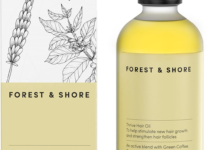You don’t have to be a hair expert to know the difference between dry and damaged hair, and you also don’t need the experience to identify healthy from not!
Does your hair sometimes look like it absolutely needs a hand?
Here you have a quick guide with a comprehensive comparison of these situations and the best methods to fix them.
Read on to find out more!
Table of Contents
Key Takeaways
- Texture and Feel: Dry hair feels rough and lacks natural oils, while damaged hair might feel brittle and show split ends or breakage.
- Shine and Appearance: Dry hair lacks luster and can appear dull, whereas damaged hair may look frizzy, with visible signs of wear like discoloration or uneven texture.
- Elasticity and Strength: Dry hair might be less elastic and harder to style, but damaged hair can stretch excessively when wet, often snapping or breaking off easily.
Dry Hair vs. Damaged Hair: What’s the Difference?
Knowing the difference between damaged hair and dry hair could be daunting.
You’re lucky because I’ll be letting you in on a secret that most stylists and hair experts do to identify whether the hair is damaged or dried.
1. Observing Your Hair
First, to know this fully, you only need to know some damaged hair signs. The most common signs of damage include split ends, unintended uneven hair length, and hair fall [1].

Dry hair simply looks dry and dehydrated, which can be complemented by dandruff (dry scalp) and an extremely itchy scalp.
It doesn’t matter what is your hair type — dry and damaged hair can victimize all types of hair, especially if not careful!
2. Doing the Strand or Elasticity Test
Schwarzkopf Professional [2], one of the world’s leading experts in hair maintenance, recommends doing what’s dubbed as the strand test, which will require a single strand of hair.
How to do the test:
- Wet the hair generously, and then take out a strand.
- Using both hands, pull the hair gently on both ends.
- If it stretches out and expands to about one-third of its original length, it’s healthy.
- But if it breaks or if it doesn’t stretch or expand that much, it’s damaged.
You’ll know that it’s just dry if you feel it is slightly rough, but its elasticity is on point.
3. Doing the Porosity Test
Another test you can perform to determine whether the hair is damaged is by doing the porosity test.
By nature, damaged hair will be extremely porous because they are more vulnerable, unlike simple dry hair, which is usually dense and hard.
You can also use this information if you’re asking about the difference between dry hair vs. healthy hair because healthy hair would be smoother and glassier to the touch.
Doing the porosity test is simple:
- Take a strand of hair or a group of hairs from the shaft.
- Then, use your other hand to slide both your thumb and first finger down.
- Do this at least twice so you can get a feel of the hair’s texture.
The simplest and easiest sign of damaged hair would be its roughness and limpness.
You’ll know that the hair is dry when it feels slightly rough and less porous (as it lacks moisture/a sign of a dry scalp).
Here’s a great video explanation:
Causes of Damaged Hair
The most typical causes of damaged hair include heat, an unbalanced diet, stress, overdoing washing, and improper tying of hair using elastics [3].
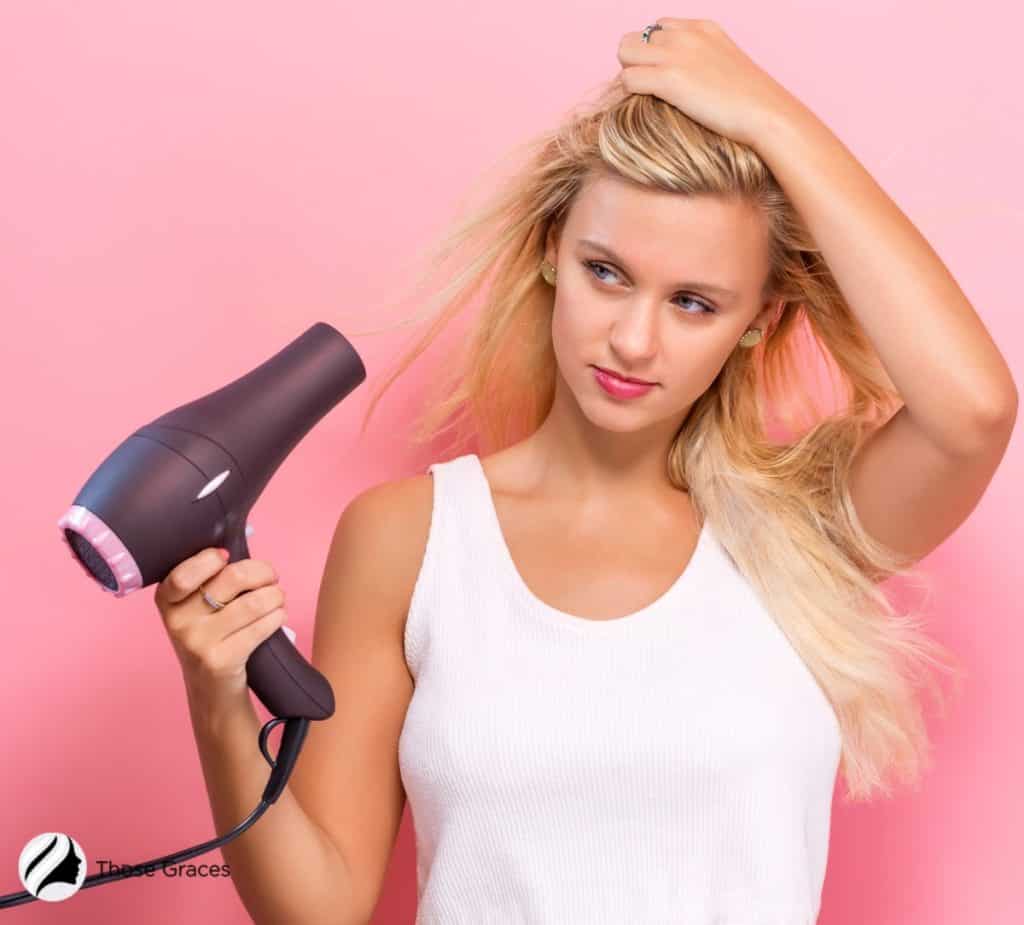
Out of all these, what I’ve found to be the most common culprit is heat. So, how do you fix hair damage due to heat?
How Do You Fix Damaged Hair From Heat?
Repairing heat-caused hair damage can be a tough job. But take these tips and steps to recover from the heat styling damage on your hair.
Watch this short clip of an expert discussing how to repair hair fibers and damaged hair!
#1 Prevent Further Hair Damage
Prevention is always better than cure — that’s what they say. To ensure that your hair wouldn’t transform into a worse midnight crown, refrain from damaging it more.
- Refrain from using blow dryers all the time.
- Use heat protectants when styling or heating your hair.
- Turn the heat and temperature down.
- Control your urge to dye your hair!
#2 Use the Power of Moisturizing Protein Treatment
The best foundation you can do to fix damaged hair is to restore its natural vitamins and proteins using reliable protein treatments.
You can use hair oil, apply hair vitamins, and other products to give you healthier hair.
This helps the hair shaft draw moisture, freeing your crown from breakage.
You can use a lot of safe, over-the-counter hair products, such as leave-in conditioners, hair masks, and even keratin sprays.
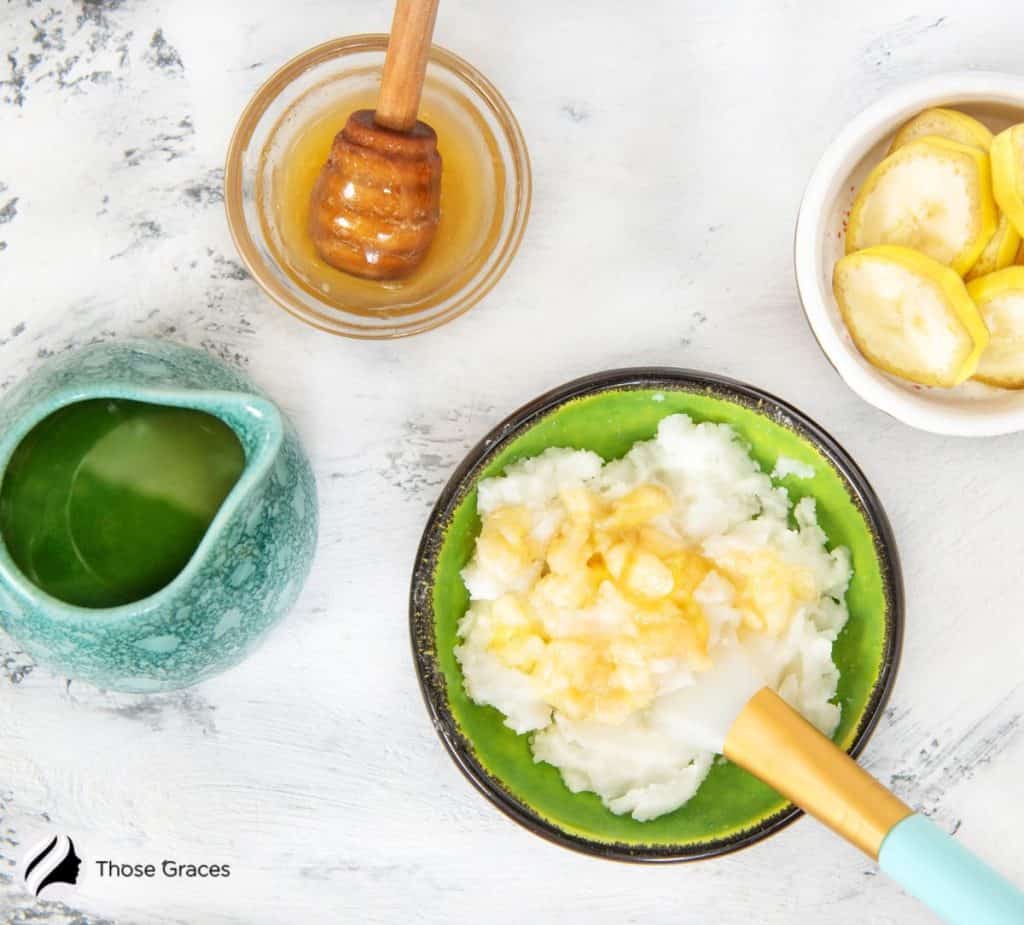
EXPERT TIP: Even if your shampoo claims it contains “protein,” abusing its use could dry your hair out and flush nutrients and minerals it needs to regain its glow.
#3 Bring In and Seal Moisture
Last, but most definitely not least, is to teach moisture in the formula. Using branded and high-ingredient-inclusion shampoos wouldn’t be enough — you need hair products.
Choose hair products containing coconut oil, shea butter, and jojoba oil. It’ll be even better if there’s aloe vera included to promote a healthier scalp.
As you select your products, it’s essential to understand the difference between “damaged hair vs healthy hair.” Consistent use of heat styling tools, for instance, can exacerbate damage. This raises a common question: “Do curling irons damage hair?”
While they can, especially if used excessively or without protective measures, the right products can help mitigate this damage.
Say goodbye to that rough texture and dry scalp you have, and invest in hair treatments that truly benefit your hair!
EXPERT TIP: You can use hair-heating tools equipped with ionic technology as they minimize the damage to your hair while keeping it silky smooth!
Causes of Dry Hair
The primary culprits of dry hair, unlike damaged hair, are actually uncontrollable variables, and they include hot or dry climate, long chlorine exposures, and longer time under the sun or winds.
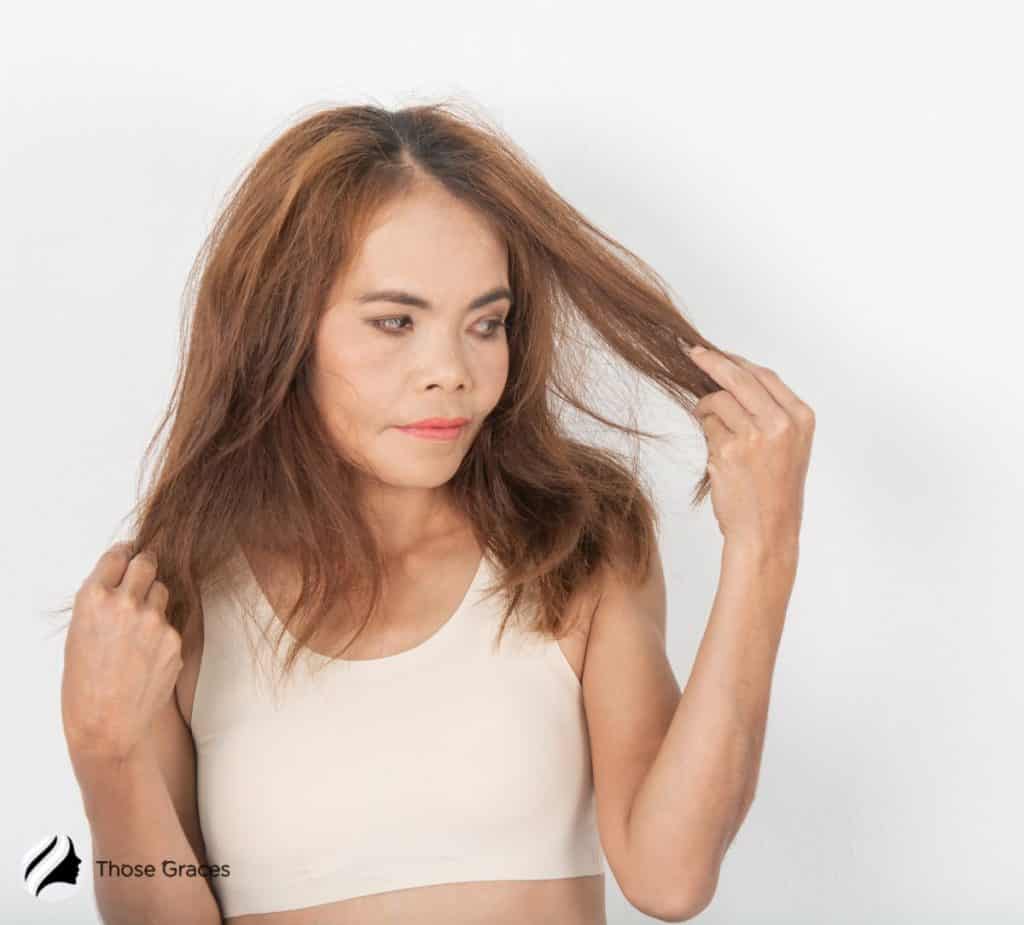
Here’s what you can do to get rid of unwanted dry hair.
How Do You Fix Dry Hair?
If you’re looking for a guide to fix your dry hair, take my professional advice and try abiding by these as much as possible:
Here’s a video that discusses how to fix dryness and make your hair soft and healthy effectively!
#1 Trim, Trim, Trim!
Frizzy, rough, and dehydrated hair could contribute to the dryness of your hair. So, try trimming your hair frequently to avoid developing dry, unwanted hair.
EXPERT NOTE: Give it a subtle trim once (1) every month to remove split ends, frizz, and dehydration.
#2 Do Not Overwash Your Hair
In order for your hair to moisturize, it needs to be soaked in various minerals and nutrients. Washing them more often than you should flush these minerals and building blocks away!
So, make it a habit to wash your hair a maximum of three (3) times per week if you’re trying to fix your dry hair.
NOTE: Excessive washing of the hair leads to a dry scalp.
#3 Use Mild Shampoo Instead
Never fall for advertisements saying that you can regain the glow, shine, and natural color of your hair by using specialized products — regular mild shampoo products are more than enough!
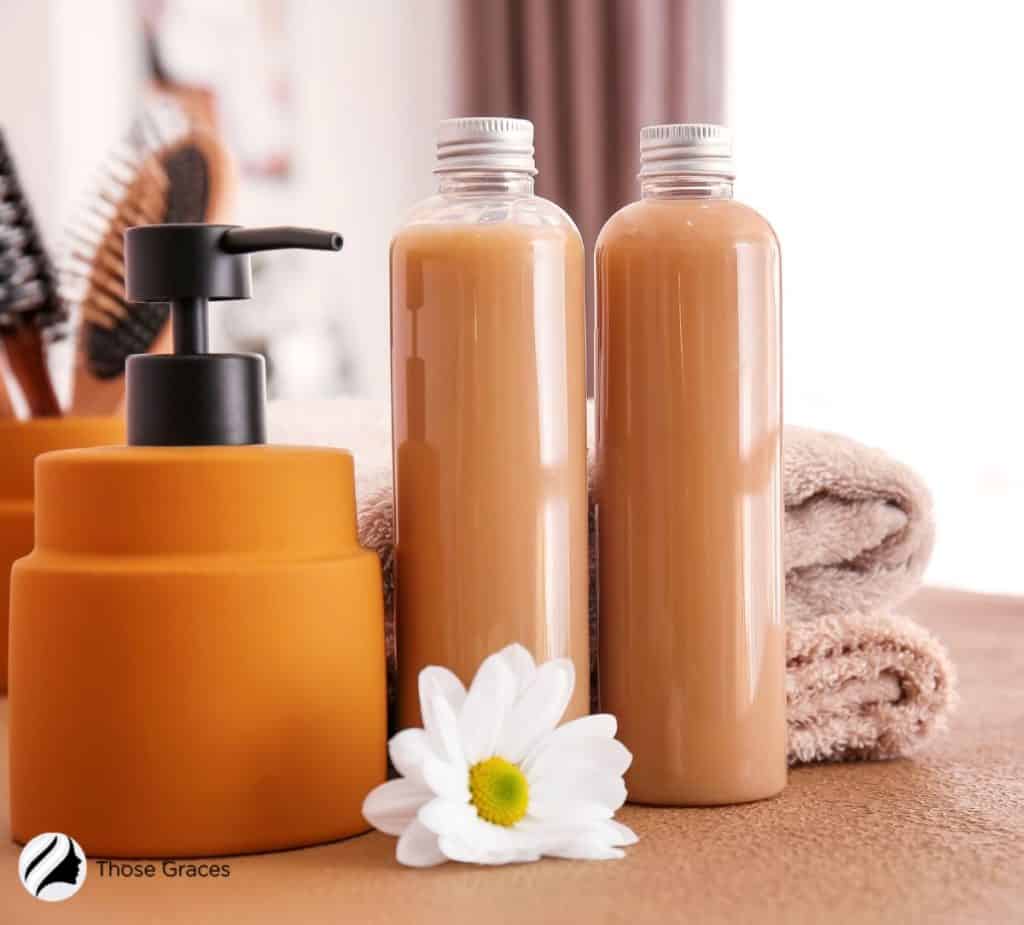
It’ll be helpful to use a shampoo with mild ingredients and jojoba oil, avocado oil, coconut oil, amino acids, and aloe vera.
EXPERT NOTE: Even when using mild shampoo, avoid soaking your hair for long periods of time. The shampoo still contains chemicals, and it can sip through the spaces of your hair strands.
FAQs
Want to learn a bit more information about dry vs. damaged hair? Here are a few commonly asked questions about it.
What Does Dry Hair Look Like?
How To Care For Dry Hair?
Use a mild shampoo, and don’t use high-heat-intensity blow dryers.
Conclusion
You see? Learning the difference between dry and damaged hair wasn’t actually that complicated. There are a number of tests that you can do from your own home!
Now that you’ve understood the differences don’t forget to try out the steps above to resolve the dilemma you have with your hair!
What’s the difference between dry and damaged hair? Please share your thoughts below!
References
- 1. Why is my hair falling out? 10 causes of hair loss [Internet]. www.medicalnewstoday.com. 2019. Available from: https://www.medicalnewstoday.com/articles/327005#self-care
- 2. HOW TO ANALYZE YOUR CLIENT’S HAIR [Internet]. schwarzkopf-professionalusa.com. Available from: https://www.schwarzkopf-professionalusa.com/en/home/education/ask/consultation/0014/how-to-analyze-your-clients-hair.html
- 3. Hair Breakage: 12 Possible Causes and Treatment [Internet]. Healthline. 2018. Available from: https://www.healthline.com/health/hair-breakage

